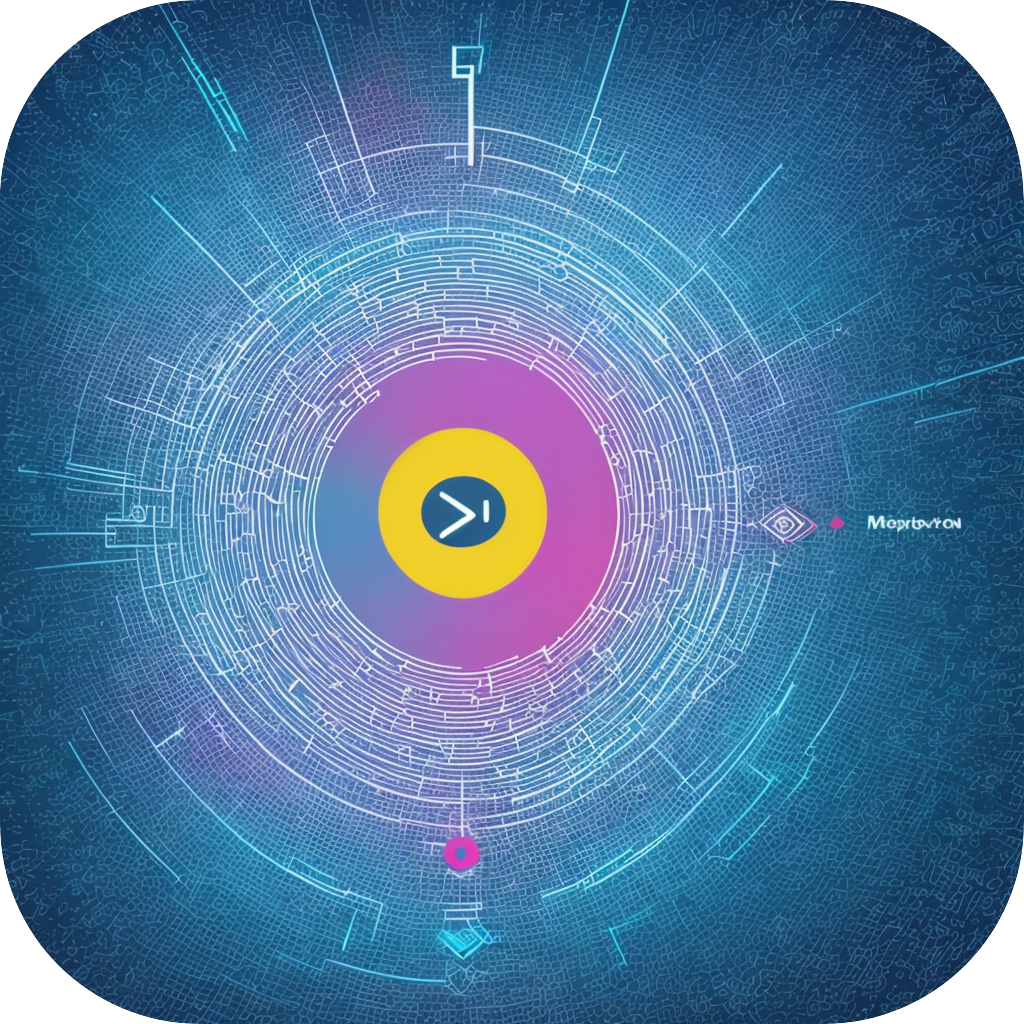Subtitle: The Power in Making the Visual Communication Accessible and Efficient
In the digital age, visual content plays an irreplaceable role as a potent means of communication. However, the vast diversity of languages and potential for visual impairments necessitates a crucial component to ensure that everyone, in every corner of the globe, is able to access and benefit from visual content. This is where subtitles become the key to unlocking this universal language: They enhance understanding and accessibility, making visual communication more efficient and inclusive.
### Subtitles: The Bridge Between Different Languages
Subtitles translate visual content into auditory formats, bridging the gap between different languages and cultures. They offer a window to the world, allowing people who are non-native speakers to comprehend and engage with information delivered in a language they aren’t proficient in. By providing a text representation of dialogue and crucial information, subtitling ensures that language barriers do not hinder the dissemination of information, education, entertainment, and business opportunities.
### Enhancing Understanding and Clarity
In educational settings, subtitles serve as a powerful aid to learning, making complex ideas more comprehensible to students who may have audio processing difficulties, are in noisy environments, or prefer to absorb information in different ways. They allow watchers to read along with visual content, enhancing retention and comprehension, especially when dealing with subjects that have a significant amount of dialogue, or where visual cues might not be sufficient on their own to convey the full context of the message.
### Accessibility for All
Accessibility is a key focus for global content creators, aiming to make media content accessible to all individuals, including those with hearing impairments. Subtitles, sign language interpretation, and audio descriptions are essential elements in ensuring that this aim is met. They enable individuals with hearing loss to enjoy the same media content, enabling inclusive participation in educational, entertainment, and public life events. This not only makes content accessible but also promotes a more inclusive society, where diversity is celebrated.
### Cultural Preservation and Globalization
Subtitles not only bridge language barriers but also facilitate the globalization and preservation of diverse cultures. They allow for the wide dissemination of cultural products, like documentaries, movies, and literature, from different parts of the world, enriching the cultural landscape for audiences worldwide. This cross-cultural exposure broadens understanding, fosters empathy, and promotes global unity through shared experiences and narratives.
### The Role of Technology in Improving Subtitle Production
Given the technological advancements of recent years, creating subtitles for visual content has become more streamlined and accessible. Automated captioning technologies have significantly reduced the time and effort required for manual subtitle creation, enhancing efficiency and cost-effectiveness. Machine learning algorithms are also increasingly being employed to improve the accuracy and relevance of subtitles, adapting them in real-time to context and language nuances. This integration of technology not only propels us further towards making visual content truly accessible but also enriches the quality of the translation experience.
### Conclusion
In the labyrinth of global communication, subtitles act as a beacon, guiding and illuminating the path towards more inclusive and efficient visual content. They ensure that diverse audiences have access to a wide spectrum of information, entertainment, and educational resources, breaking down the barriers of language and enhancing understanding across the board. Embracing the power of subtitles brings us closer to a universally accessible world where information can be accessed and comprehended by all, regardless of linguistic barriers.
